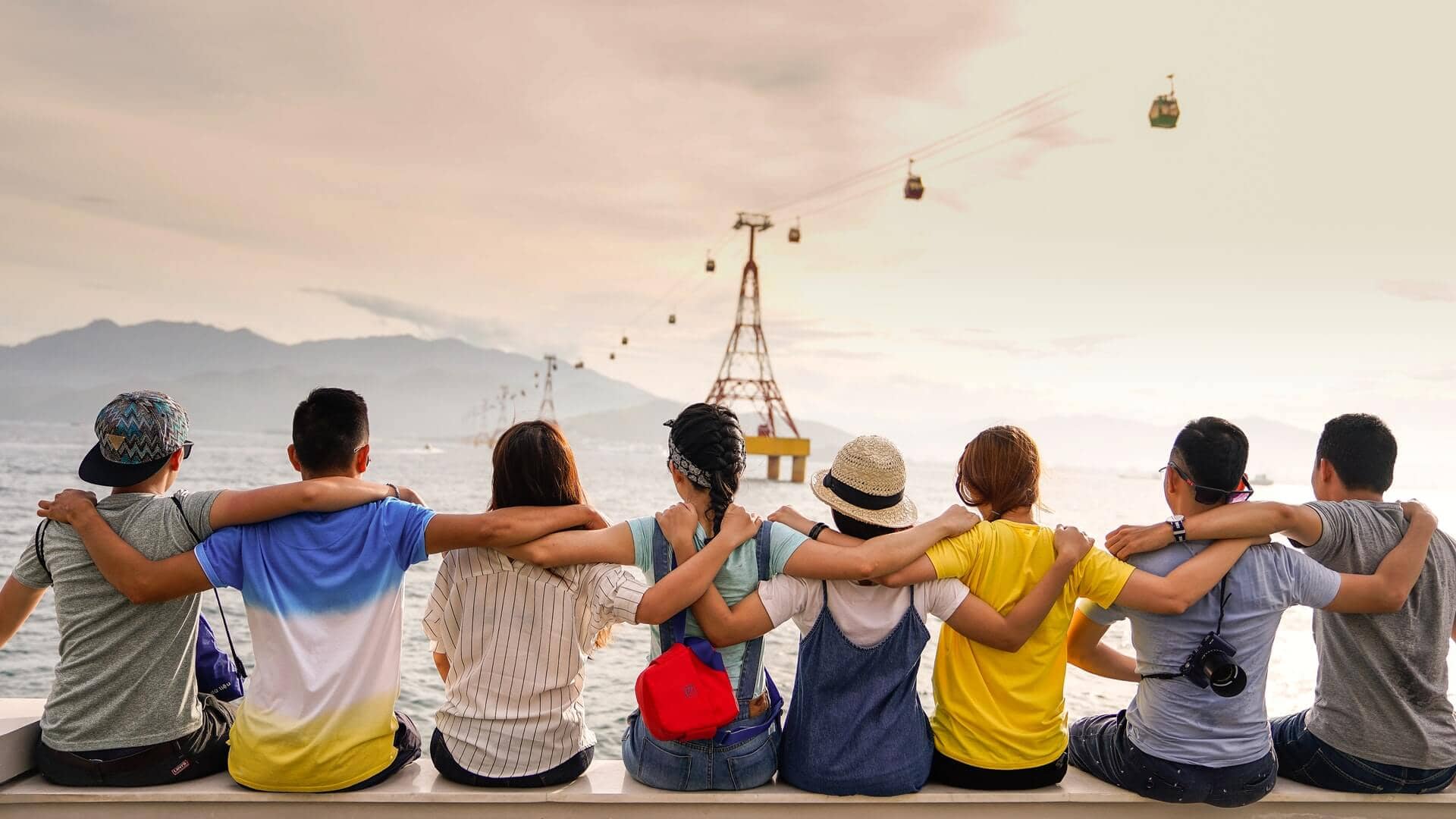If you want creativity to flourish you try to be creative with others? Why? First, we should understand what happens after we create something.
To understand the importance of having co-creative activities in life, and why we should be creative with others, as opposed to simply solo-creative ones that see us create alone, we need to think about what happens immediately after we’ve done something creative.
Why We Can Feel Bad After Being Creative On Our Own
Let’s say you pick up a guitar on your own in a room and start playing it. Let’s say you haven’t played for years.
At first you might be a little rusty, but you persevere (an important part of freeing our creativity) and after a little while you get into a flow and your coordination is back.
Then beyond that you are start feeling the music. You get into a creative flow that makes you feel good, you feel lots of energy being released and afterwards, you stop.
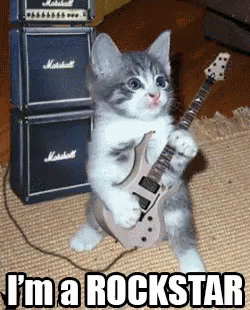
You may feel good for a little while, but it inevitably seems to wear off, leaving you to feel bad about yourself afterwards. You may feel like you’ve failed yourself for losing the spark, or just feel like you should be getting on with more practical ‘jobs’ in life.
Maybe your dream of being free and a rock star at heart is just that, a dream, rather than reality. You begin to doubt your life around you as average or mediocre compared to what it could be.
While this might seem a bit overboard, it’s actually a pretty common after-effect after someone had done something creative in the flow.
What Is Happening Psychologically When We Create?
Energy works on levels going up and down like a rollercoaster. The electrical impulses and connections wired in our minds are being triggered. Dopamine flashes around.
We feel better as we are igniting and sparking new connections as we create. Yet when we stop they begin to shut down (btw this is where having a nap after a creative or memory exercise is important for you to cement these learnings into our long-term memory).
When we finish something creative we get the same withdrawal effect as we would from having coffee withdrawals. The buzz wears off and we feel even more tired afterwards. We crash.
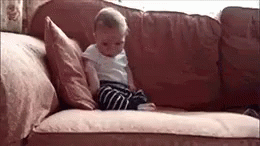
If you’ve ever tried to cram for an exam and wondered why you simply can’t remember anything after a few hours sleep and lots of coffee, then it’s because you just haven’t given your brain time for these electrical connections to cement in place.
It’s like being a constant worrier, where you have constant headaches and wonder why. Your brain has got into the habit of being in panic mode and it simply can’t function clearly to break free from the worry.
The point is, we can’t fuel our minds when it’s in a state of change or shock. (We can learn to deal with pressure through developing anti-fragility, but that is different as it’s relaxing the mind under pressure and doing something anyway despite pressures).
Creating, for all it’s worth, is essentially a state of shock to our brains, as we become rewired to new connections.
It’s important for us as it builds knowledge and wisdom in the long run, as we cements thoughts into long term memory, but it’s also why we feel tired when we write for a long time or need so much more energy when we are traveling and taking in new stimulus.
We might be really enjoying learning something new. Yet, we might also feel stress in not really knowing how to improve and take it to the next level.
Maybe we get into a flow and we start losing the worry momentarily (and you might see this when a guitarist can seemingly play for hours without losing energy as adrenaline takes over), yet afterwards all of these lights that were switched on full blast have to be dimmed.
So, when we are being creative we really do have a window of time where our creative focus is heightened in flow but then shuts off rather abruptly.
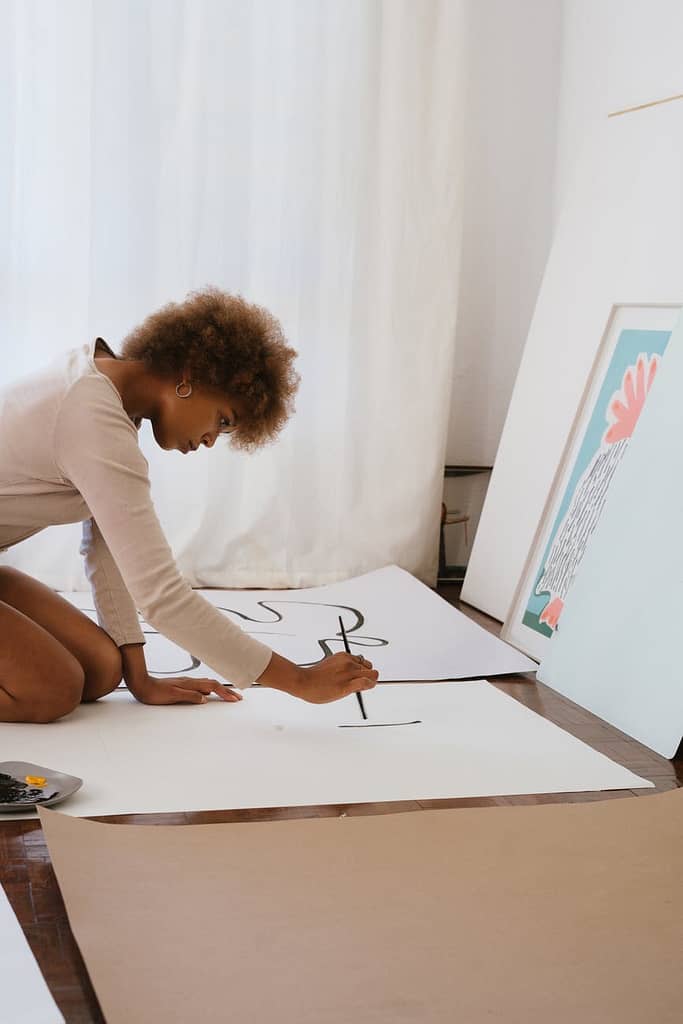
Have you tried picking up that guitar again after doing a long, logical-minded task just before?
You may struggle at first to wake up those creative connections, but persevere and they do wake up and light up again, but unlike logical tasks, creativity saps energy much quicker as our minds have to connect so much new stimulus as opposed to following routine tasks.
Creativity may bring us into a happy place after feeling down. It can also be the wonderful counter-balance to logical tasks.
It’s like having active and quiet activities when teaching young learners. Too many active challenges and they burn out or lose focus, too many quiet ones and they fall asleep and lose focus.
Either way, they will lose focus if they are doing the same thing for too long as, again, like a rollercoaster, it can also make us feel down after a high.
So to reiterate, it’s clear to see that we won’t be able to stay in creative mode forever. It’s too energy consuming as so many new electrical sparks are flying, so inevitably after some time we feel tired and our creativity shuts off.
What About Co-Creating With Others?
Having said that, our ability to gain energy from creative tasks as opposed to be drained by them comes from the nature of the creative task.
When we do tasks on our own the degree of the ‘creative withdrawal effect’ afterwards can actually lower our self-worth once we finish. If you’ve ever wondered why writers have long been touted as depressed then this helps explains it.
However, when creative tasks are shared or included with others we feel better than when doing them on our own.
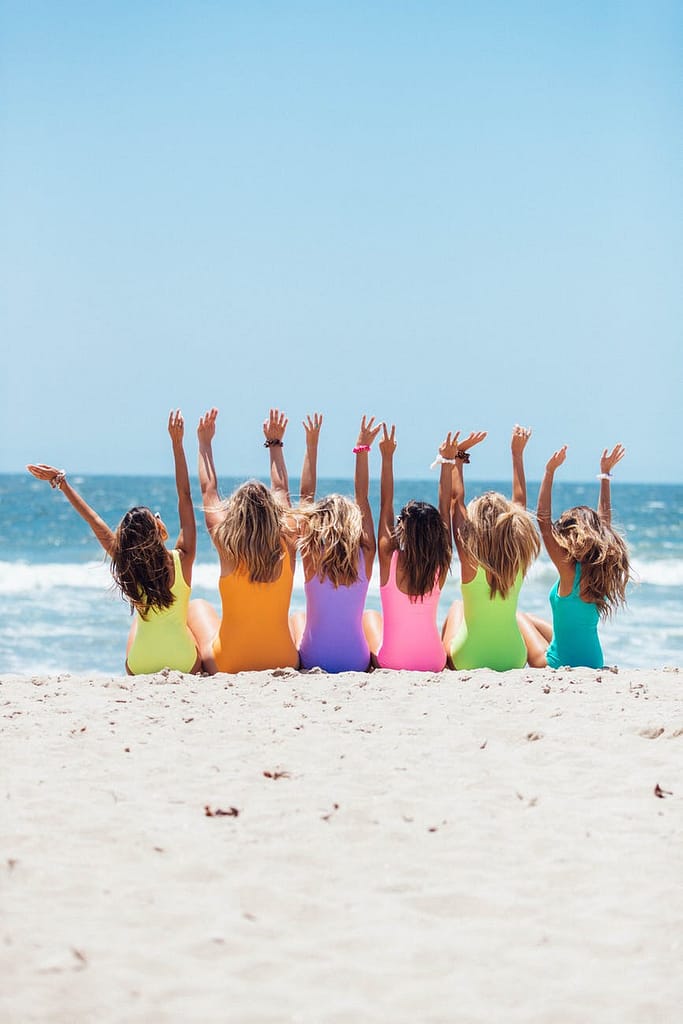
Sure, some might say there’s a sense of calm in creating alone, and there is, but too much of creative alone time can reap more negative effects.
Why is this?
Aside from burning energy when creating and feeling tired after there’s something else at play.
When creative ‘play’ time is over it then feels like we are forced to move back into a logical mindset (which stifles a creative person). It’s like finishing a game at lunch at school and having to go back to study.
When we did a creative task with someone else we built social connections and bonds, which we don’t when creating alone.
What this does is almost give us permission that it’s good to create, it’s healthy, because others are benefiting, so it becomes socially acceptable.
Creating in your own however can be subconsciously deemed by society as a selfish exploit that makes the creative person feel guilty afterwards, despite really enjoying the feeling of creative flow in the moment.
Solo creativity is a guilty pleasure like chocolate in a way, whereas co-creative hobbies and social tasks are not.
Another reason we need to co-create with others is the lack of recognition for our creativity when we don’t.
When you think of a writer you might not think of the hours and hours of sweat and thought put into their book, you might instead just think of the film adaption (and the actors taking all the glory), and how it was over quite quickly. Back to your life.
People might be creative to express themselves and release their emotions in a positive way, however, people are social beings and often our need to be creative comes from a desire to be understand and accepted too.
What Happens When You Undertake A Co-Creative Task Socially And Be Creative With Others?
Let’s say you like dancing in a group. What happens to you after you’ve finished exercising?
Well, studies show the burnout following a co-creative endeavor like dancing is much less because, even though we might be using up energy performing a physical task, we don’t feel as exhausted due to the synergy that gives energy rather than takes it away.
This synergy that we develop from a co-creative environment helps us to feel validated and fills our inherent need of worth and recognition, social bonds, but also gives us permission to create more!
Imagine a child playing with a friend. They might be in a playground and use the swings, slides and so forth, yet they will likely also come up with multiple games of their own and be able to keep doing so again and again.
It’s not the resources around them that count, it’s their resourcefulness. When they have each other to feed off and co-create together with they seem to be able to come up with lots of ideas and have boundless energy.
You might think that is only children, and adults are too busy or exhausted to do the same, but think about any team-building exercise you have been on, or excursion, or anticipated holiday.
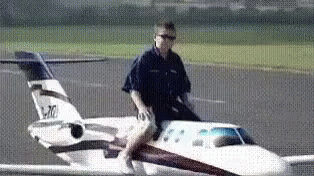
Even if you didn’t actually go on it the thought of heading somewhere new with a group of other people brings joy and hope. It opens the mind to possibilities. We turn into children again looking forward to the trip.
Consider the same journey but going on your own. The same excursion might suddenly fill someone with dread despite the same activities ahead.
Some travelers may prefer traveling solo, but mainly for the flexibility traveling solo offers. Even so, most still long for meeting others along the way and to share their journey.
Activities in groups simply provide synergy that creative tasks on our own don’t.
We gain energy and we often leave each other wishing we had more time. It takes an ultra-disciplined person to be able to keep going with a creative exercise on their own even if they enjoy it (but to do so they would likely be demonstrating a good balance of logical processing at the same time – creatical thinking).
Can Co-Creation Occur In Any Situation With Others?
It doesn’t mean we should only be creative when with others, just that the synergy element helps us keep going with it longer.
However, sometimes being around others can have the opposite draining effect and stifle our creative juices, such as having an argument with a loved one only to feel like you want to crawl in bed or punch a wall afterwards. Or when others around us have provided a distraction or expectation that sees us become annoyed or defensive.
In these times we find it extremely difficult to be creative straight after and we simply need to calm ourselves down first to a level where we can think clearly again.
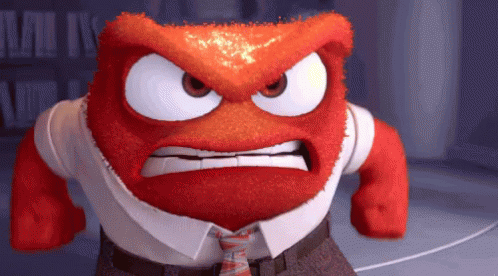
No one thinks creatively, or even rationally, when under such anger. Yet interestingly, we might find after a fight (after the initial dust has settled) that our creativity has actually heightened.
How can this be?
Well, post-fight we actually have blown off steam and created a psychological distance between what was blocking our mind from thinking straight.
So, should we have fights to be creative?
Well no.
The energy drained from fighting and emotional scars placed on each other is far more lasting than the beneficial effects of blowing off steam, but finding other, healthier ways to blow off steam would certainly be useful towards heightening your creativity, which again would be most beneficial when done with others.
This is why, even if not directly noticed at first, sports, especially combat sports, and exercises classes around others help bring out our creative energy (and generally make us feel good after).
Have you ever been to the gym and then taken a shower after and suddenly had lots of refreshing good ideas in the shower?
The shower is actually a perfect time for whitespacing after burning off steam, and the burning off steam provided a spark to get creative juices going.
So, whether we seek hobbies or tasks that are playful or intensive, when we seek to co-create with others the synergized effect often leads us to extend our creative window much longer than when we simply work alone on creative tasks.
If you are seeking different ways to bring out your creativity, especially when being co-creative with others, then check out the 33 inspiring ways to be creative, or 8 future-minded creative hobbies to try.

